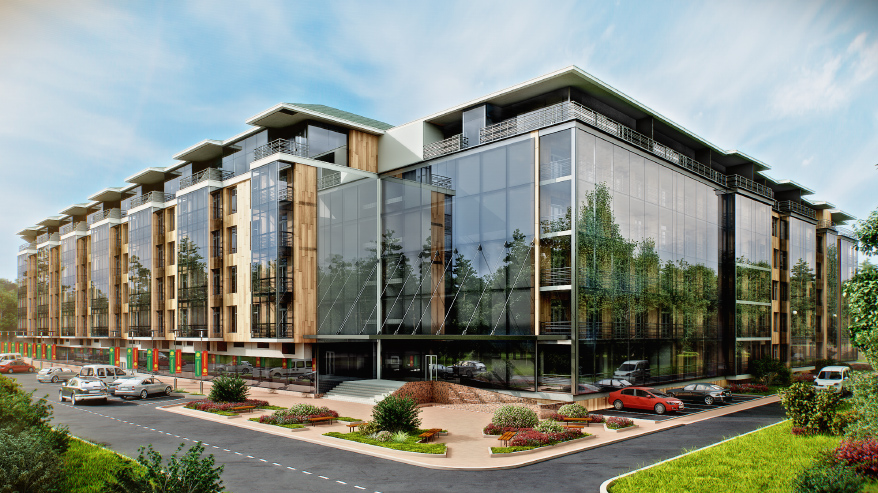What Are Architectural Rendering Services and Why Are They Essential for Your Project?
Architectural rendering services play a crucial role in the world of construction and design. They involve creating detailed visual representations of architectural designs, offering a realistic preview of how a building or structure will look once completed. These renderings can range from 2D sketches to fully immersive 3D models, serving as an essential tool for architects, developers, and clients alike. In this article, we’ll explore what architectural rendering services entail and why they are indispensable for the success of any construction project.
What Is Architectural Rendering?
Architectural rendering is the process of creating lifelike images, animations, or models that represent an architectural design. These visualizations allow clients and stakeholders to get a clear picture of how a proposed structure will appear from both an aesthetic and functional standpoint. The most common types of architectural renderings include:
- 2D Renderings: Simple images that show the design layout, elevations, and perspectives of the building.
- 3D Renderings: More advanced images that depict a three-dimensional view of the building, offering a more realistic representation of the space.
- Virtual Tours: Interactive 3D models or walkthroughs that allow users to explore the design in a virtual environment.
- Animations: Moving renderings that give clients a sense of how the structure will look and feel as they navigate around it.
Why Are Architectural Rendering Services Essential?
1. Clear Communication of Ideas
One of the primary benefits of architectural rendering services is that they bridge the gap between an architect’s design and a client’s understanding. Often, clients may find it challenging to visualize technical blueprints or 2D drawings. Renderings, however, provide an intuitive, lifelike image that conveys the design in a more relatable way. This helps clients make informed decisions about the project’s scope, style, and functionality.
2. Enhancing Design Accuracy
Architectural renderings also help in fine-tuning designs before the actual construction begins. By visualizing a building or space in great detail, architects can identify any design flaws, inconsistencies, or areas that need improvement. This process reduces the chances of costly mistakes during construction and ensures the final result aligns with the client’s expectations.
3. Attracting Investors and Stakeholders
For real estate developers or businesses seeking funding, high-quality architectural renderings can be invaluable tools. A realistic and visually appealing rendering can attract potential investors and stakeholders, giving them a compelling reason to support the project. These visualizations offer a glimpse into the potential success of the venture, helping to secure financial backing.
4. Marketing and Sales Tools
In addition to their role in the design process, architectural renderings are essential for marketing and sales efforts. Whether you’re launching a new residential development, office complex, or commercial building, high-quality renderings help create compelling marketing materials. They can be used in brochures, websites, advertisements, and presentations, providing potential buyers or tenants with a clear vision of the property.
5. Improved Project Planning and Development
Architectural renderings are also a valuable tool during the planning phase. They allow architects, designers, and construction teams to foresee how different elements of the building will interact with one another, such as lighting, space usage, and material choices. This level of foresight contributes to more efficient planning and smoother development processes.
6. Client Approval and Feedback
Getting client approval is often a crucial step before moving forward with a project. Architectural renderings make it easier for clients to understand the project and provide meaningful feedback. When clients can see a realistic visual of the design, they are more likely to offer constructive feedback that can be incorporated into the design before construction begins.
Conclusion
Architectural rendering services are an indispensable part of modern construction and design projects. They not only facilitate clear communication and enhance design accuracy but also attract investment, assist in marketing efforts, and streamline project development. Whether you’re an architect, developer, or client, high-quality renderings ensure that every phase of the project aligns with your expectations and vision. Investing in architectural rendering services can save time, reduce costs, and ultimately lead to a more successful and satisfying outcome.






